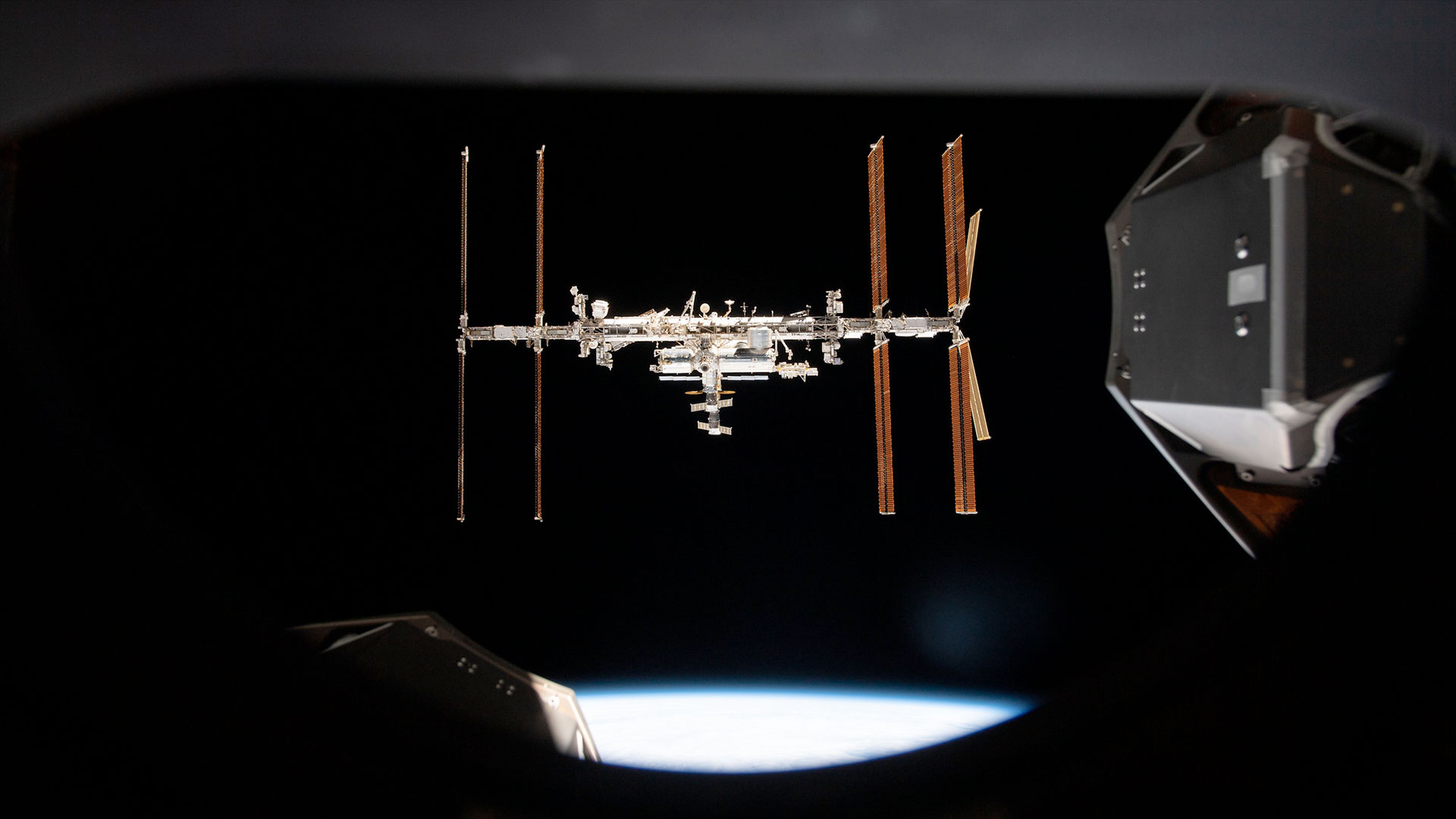
Two years after stating there were no plans to save artifacts from the destructive end of the International Space Station (ISS), NASA is now in the early stages of identifying what small parts of the orbiting laboratory to preserve.
Agency officials on Wednesday (July 17) shared the preliminary details during a media briefing about the space station's end of life in 2030 and the selection of SpaceX to build the vehicle that will move the massive complex out of orbit such that it mostly burns up in Earth's atmosphere and plunge any surviving fragments into a remote area of the ocean.
"Twenty-five years out of the 60 years [of human spaceflight] has been on ISS," said Ken Bowersox, NASA's associate administrator for space operations and a former astronaut who spent 161 days aboard the station as the commander of its sixth crewed expedition.
"People tend to see different things about the ISS that are interesting to them, whether that's the international cooperation, where we've worked with so many different countries; whether it's the thousands of experiments that have been conducted in microgravity; whether it's the human research; whether it's the assembly that we did, showing how you can put together large structures in space; the exploration operations that we practice; or what we've learned about the human body and microgravity," he said.
"All those things have been important and prepare us for the future," Bowersox said. "But 25 years is a long time, and we are getting to the point where we need to think about what comes after ISS. To prepare for that, we need to plan for how we end the ISS program."

NASA studied raising the station into a higher orbit where it could wait, without a crew, for a future intact preservation effort to be possible. The propellant requirements to "park" the vehicle, though, would be more than twice the amount needed to push it into Earth's atmosphere and surpass current launch capabilities. In addition, during the years it would be in motion, the complex would be at risk of debris impacts that could potentially leave it stranded, or worse, in pieces.
As such, SpaceX has designed a Dragon-derived U.S. deorbit vehicle (USDV) powered by 46 engines that will direct the station through a controlled re-entry.
Finding space for mementos
Just as NASA concluded in a 2022 report, there is no way to return intact modules or truss segments to Earth for museum display.
"Unfortunately, we can't bring home really, really big stuff," said Bowersox. "We would like to be able to bring big pieces home, but the station really wasn't designed to be taken apart. It was designed to be put together, and it would be relatively expensive to try and bring something really large home."
Unlike the agency's plans of two years ago, though, NASA is now entertaining the idea of identifying smaller artifacts for preseervation.
"I'm sure there [are] some mementos that will get back and end up in museums someday," said Bowersox. "For example, the ship's bell, ship's logs, maybe some panels that have patches on them [and] some some display items."

According to a NASA white paper released last month, the agency "has engaged with the Smithsonian National Air and Space Museum and other organizations to develop a preservation plan for some smaller items from the space station." But that plan does not include reserving the "down mass" or volume on cargo vehicles tasked with returning science results to the ground.
"We don't really have the disposable income for dedicated missions for bringing hardware home," said Dana Weigel, NASA's manager for the International Space Station Program.
Instead, Weigel expects room to open up as the need to return spares and spent equipment for servicing comes to a close.
"At the end of station's life, we don't have a specific driver to return items for the purposes of refurbishing them. So it opens up more flexibility with what we choose to bring home," she said. "It's really work still in front of us to decide, and we have plenty of time to do that, as to what we want to bring home."
Prioritizing preservation
NASA is not the only organization with hardware aboard the space station. The U.S. operating segment (USOS) partners, including the European Space Agency (ESA), Japan Aerospace Exploration Agency (JAXA) and the Canadian Space Agency (CSA), have their own interests — as does Roscosmos, Russia's federal space corporation.
"Each partner on the USOS — ESA, JAXA and CSA — they're given allocations for both up mass and then also return capability. And so each partner can work within their own allocation for what they want to do," said Weigel, replying to a question from collectSPACE. "We don't have a prearranged agreement like that with Roscosmos, since they have their own vehicle capabilities, so that's much less likely as that is not a normal part of the exchange and barter arrangements in the program."

There will also have to be decisions made about potential artifacts that are working parts of the space station's science and operational requirement. It still needs to be worked out, for example, should the CSA desire a component from its Candarm2 robotic arm or if the Smithsonian desires part of a microgravity science glovebox, if oe when it appropriate to curtail research or maintenance activities in favor of saving these items for posterity.
"I think everybody will have something that's important to them that they'd like to talk about bringing down. The same thing goes with some of the prioritization between science activities or bringing back some of the preservation items," said Bowersox. "The ISS program has a really good process to work through some of those questions and, as we get closer, we'll have a list to go through to figure out what is capable and how to maximize the return for everybody interested."
Follow collectSPACE.com on Facebook and on Twitter at @collectSPACE. Copyright 2024 collectSPACE.com. All rights reserved.







